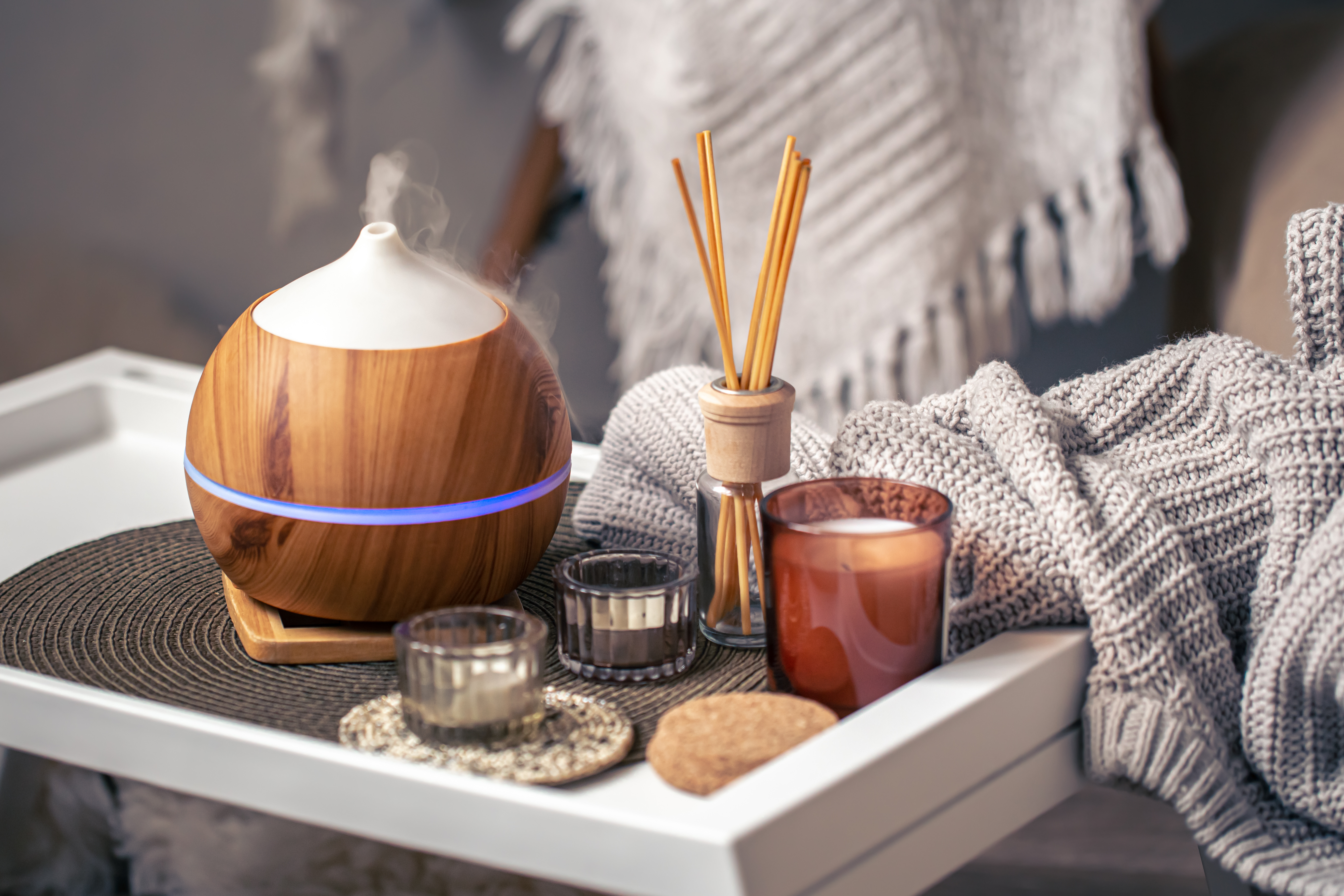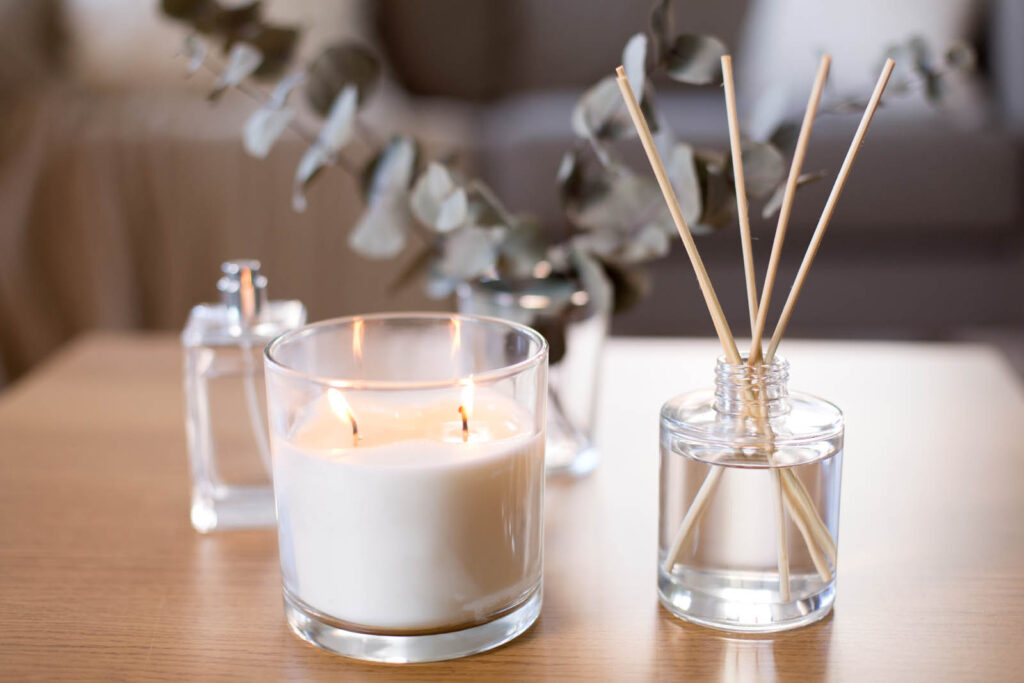
Case Study
Fueling Brand Growth by Elevating an Attitudinal Segmentation with a Multicultural Lens
overview
A consumer-packaged goods company was interested in better understanding home fragrance opportunities to support their brand’s growth. The team wanted fresh thinking to uncover growth opportunities with a lens on the multicultural consumer.
THE PROBLEM
A Complex Product Requires a Complex Research Design
Scent is a powerful sense; it can be functional in neutralizing or eliminating odors and it can be experiential, conjuring up memories and transporting us to familiar and imagined places.
Given this, our client’s key research objective was to understand the role fragrance plays in consumers’ lives. However, because purchases are not made based on scent alone, and the home fragrance marketplace is saturated with a wide variety of products, the team also needed to identify motivations to purchase the product of interest vs. other category offerings.
To round out the research objectives and seeking opportunities to grow their Multicultural consumer base, the team wanted to understand attitudes, habits, practices, and psychographics among general population consumers as well as Hispanic and Black/African American consumers.

OUR APPROACH
Immersion, Interviews, Workshops, and…Speed Dating?
C+R’s Culturebeat team conducted a multi-phase research study that started with immersion and culminated with in-person activation.
In order to immerse the client team in the Multicultural consumer perspective, the first phase commenced with a Multicultural 101 presentation delivered by C+R’s CultureBeat team. The presentation focused more heavily on Hispanics because the client team felt less knowledgeable about this population. Following the presentation, the team toured a predominantly Hispanic Chicago neighborhood, Pilsen, visiting a range of stores and sites. The day concluded with dinner in Pilsen where the team shared their learnings and brainstormed implications. The next phase included in-home interviews with Bicultural Hispanics and Black/African Americans.
After completion of the in-home interviews, C+R hosted a half day onsite team discussion to review the findings and discuss other learnings to-date. During the workshop, both the C+R research team and the client team rolled up their sleeves to review sales data on distribution and buying patterns by ethnicity. Reviewing and confirming business objectives and research questions was a critical step before moving into the next phase – the Quantitative A&U and Attitudinal Segmentation.
The A&U survey was designed to explore the role of the client’s product in the world of its users. To develop a complete understanding of the sub-category marketplace, the C+R team (including our in-house advanced analytics team) developed an attitudinal segmentation to identify segments based on their attitudes and emotions associated with fragrance and usage of the category. The entire quantitative phase consisted of iterative analytic work sessions with the client team which culminated in an interactive share out.
To bring the segments to life, C+R recruited consumers who fit the various segments identified in the attitudinal segmentation to field questions from the client team. After the panel discussion, the panelists broke into “speed-dating” groups with members of the client team, giving the client an opportunity to learn more 1:1.

The result
A Host of Learnings and a Plan for Action
The C+R team uncovered a wealth of findings about the home fragrance sub-category of interest and the brand’s position, all of which helped highlight areas of innovation for the brand.
Here’s some key things that the client learned:
- Their brand in this sub-category lacked differentiation from its key competitor – a value-driven player. With no differentiation, decisions are typically made at shelf where the competitor had a value advantage. So, the client needed to start using their communications to better own the attributes sub-category users care most about.
- Fragrance trumps brand, meaning the client needed to place critical importance on a fragrance strategy to meet the needs of gen pop consumers with a particular lens on Multicultural consumers.
- The sub-category skewed Caucasian, but with growth seen among Multicultural consumers in the US, the brand was not well-positioned; they needed a strategy to attract the growing Multicultural population to this home fragrance segment. In particular, they needed to develop scents that resonate with Hispanic and Black/African American consumers, invest in Multicultural media, and create messaging that connects with Multicultural consumers.
- Different messages are needed to go after different targets. The research team identified five segments that were distinct in their attitudes toward home fragrance, what it means to them, and the jobs it fulfills.


proven experience
related case studies
